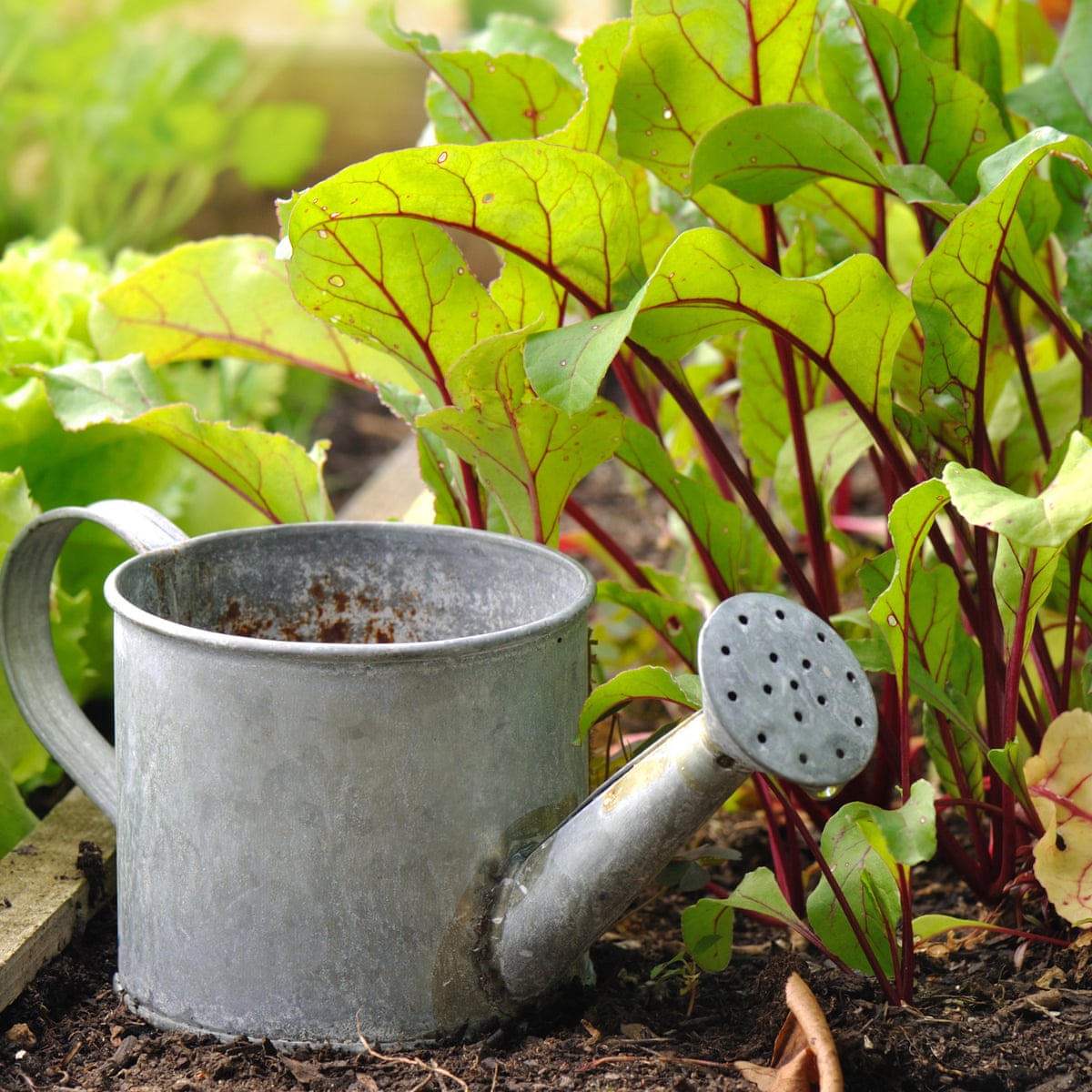Not known Incorrect Statements About New Gardeners - Bonnie Plants

Some Known Factual Statements About Gardening Tips - How To Garden and Landscape
Specific abbeys may also have had a "green court", a plot of turf and trees where horses could graze, in addition to a cellarer's garden or private gardens for obedientiaries, monks who held particular posts within the abbey. Islamic gardens were developed after the model of Persian gardens and they were typically enclosed by walls and divided in 4 by watercourses.

23 Practical Gardening Skills Every Gardener Should Have Handy
Specific to the Islamic gardens are the mosaics and glazed tiles utilized to embellish the rills and water fountains that were developed in these gardens. By More Details , abundant Europeans began to grow gardens for leisure and for medical herbs and veggies. They surrounded the gardens by walls to secure them from animals and to provide privacy.
Everything about SP 103/VH021: Florida Vegetable Gardening Guide - EDIS
Fruit trees prevailed in these gardens and likewise in some, there were turf seats. At the same time, the gardens in the monasteries were a place to grow flowers and medicinal herbs however they were likewise a space where the monks might enjoy nature and relax. The gardens in the 16th and 17th century were symmetric, proportioned and stabilized with a more classical appearance.

How Does Your Garden Grow? Mental Health, Wellness & Skills Development Through Gardening - Autism Awareness
Commonly, gardens had actually flowerbeds set out in squares and separated by gravel paths. Gardens in Renaissance were decorated with sculptures, topiary and water fountains. In the 17th century, knot gardens became popular along with the hedge labyrinths. By this time, Europeans started planting new flowers such as tulips, marigolds and sunflowers.

MasterClass - Ron Finley Teaches Gardening
Getting The 6 gardening tips you'll wish you'd known all along - CNET To Work
One theory is that they emerged out of the Black Death of the 1340s, when the death of many workers made land offered for little homes with individual gardens. According to the late 19th-century legend of origin, these gardens were initially developed by the employees that lived in the homes of the towns, to offer them with food and herbs, with flowers planted amongst them for decoration.
40 ha) where they could grow food and keep pigs and chickens. Authentic gardens of the yeoman cottager would have consisted of a beehive and livestock, and frequently a pig and sty, in addition to a well. The peasant cottager of medieval times was more interested in meat than flowers, with herbs grown for medical usage instead of for their beauty.
